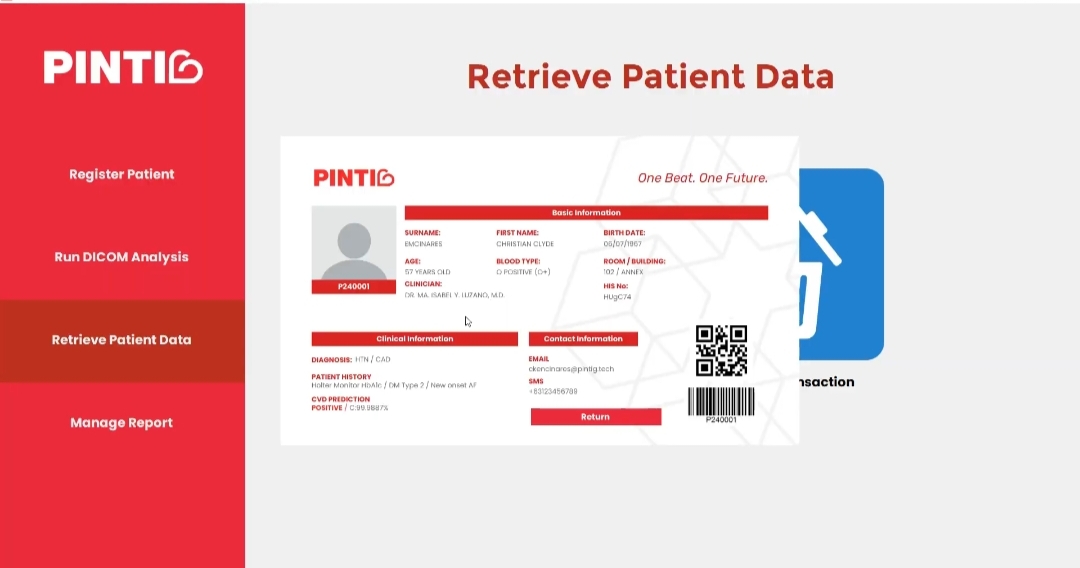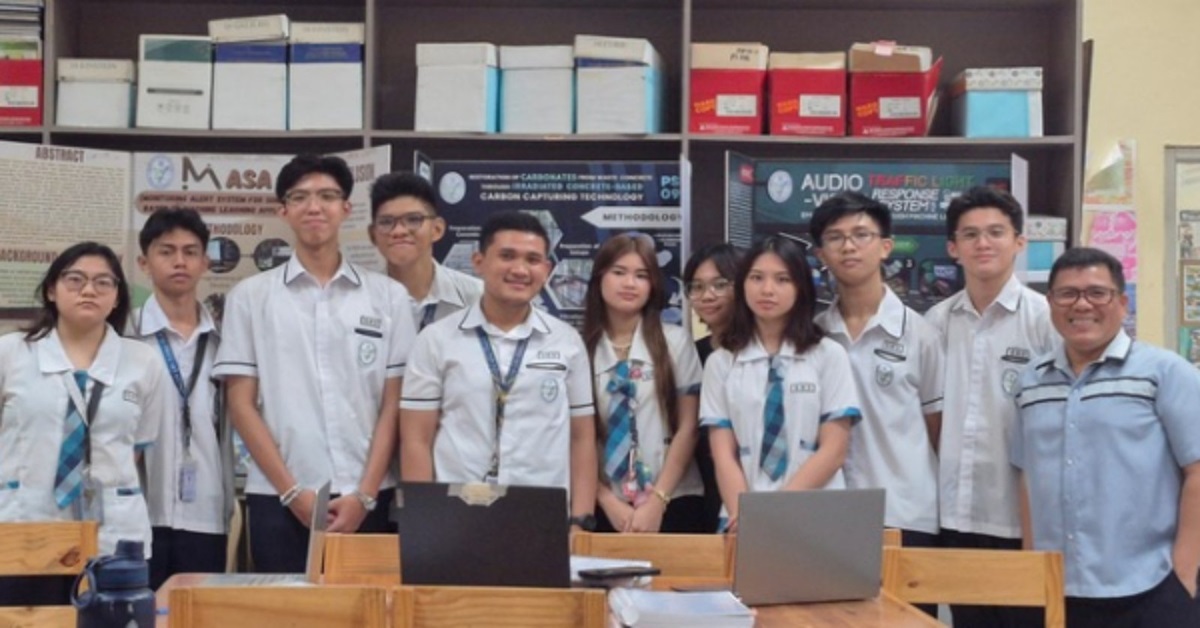Heart-related illnesses are prevalent among Filipinos due to a combination of lifestyle, dietary habits, and limited access to preventive healthcare.
Many Filipinos consume diets high in sodium, unhealthy fats, and sugar, which contribute to conditions like hypertension, high cholesterol, and diabetes, all of which are risk factors for cardiovascular diseases.
Additionally, the growing prevalence of sedentary lifestyles and lack of regular physical activity further exacerbate these risks. Stress from economic and social challenges also plays a role in heart health deterioration.
Compounding these factors is the lack of awareness and early diagnosis, as many Filipinos delay seeking medical attention due to financial constraints or insufficient access to healthcare services. These intertwined factors make heart-related illnesses a significant public health concern in the Philippines.
Because of this, an innovative and significant technology was invented by Grade 11 students from Quezon City Science High School, capable of detecting plaque buildup in the heart using artificial intelligence.
According to the report on the “24 Oras” Game Changer segment last Monday, January 6, “Preemptive Identification Of Neointimal Tissue In Imaging For Gleaning Atherosclerotic Plaques” or PINTIG aims to make the detection of atherosclerosis or arterial blockages—commonly caused by excessive consumption of fatty foods—more affordable and accessible at an earlier stage.

Photo courtesy: Kenzo Tayko via Balita
In a report by Balita written by Mariah Ang, the PINTIG software developers are Kenzo Miguel P. Tayko, Christian Klyde R. Escinares, Crista Venice M. Bernal, Mary Amanda P. Sante, Mary Faith L. Madrazo, Lance Paul L. Luistro, Sheon Bradly F. Basilio, Jed Argylle G. Noche, Ayanna Michaella C. Girao, and Timothy Daniel G. Manalastas, along with their research adviser, Mr. Earl Francis C. Merilles.
PINTIG has the capability to analyze and highlight atherosclerosis plaques from patients’ CT scan images. Through programming and machine learning, the software achieves up to 98% accuracy based on 14,000 data sets from 200 patients.
To use PINTIG, patients must be registered with a legitimate hospital. A CT scan image of the heart can be uploaded to the software’s “Run Image Analysis” feature, and within seconds, it can determine whether or not the patient’s heart has CAD plaques.

Photo courtesy: Kenzo Tayko via Balita
Due to this innovation, the group won first place in Robotics Intelligent Machines at the recent Regional Science and Technology Fair. They also plan to subject PINTIG to clinical trials in partnership with the Philippine Heart Center to further expand its applications in the medical field.
Congratulations, PINTIG team!











